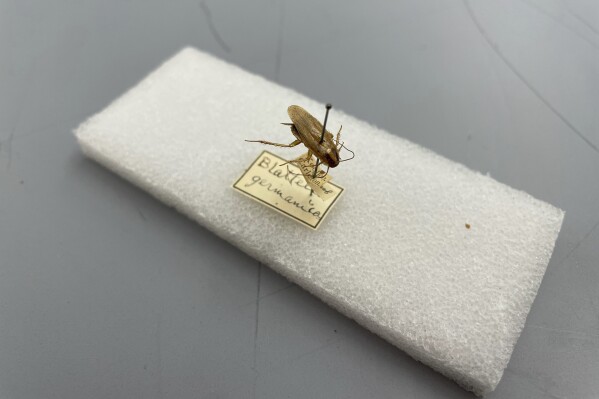Alaska's rivers and streams are becoming toxic as a strange "milky orange" color stains their waters, a new study has found
The research from the National Park Service, U.S. Geological Survey, the University of California, Davis, and others, found that dozens of streams and rivers in Alaska's remote locations have turned orange, when they were once a clear, crystal blue.
Scientists believe this could be down to melting permafrost, the study published in Communications Earth & Environment reported. This is because as the permafrost melts, it releases all the stored minerals inside. These minerals can contain metal ores, which could be causing the rusty orange color as it is exposed to water and oxygen.
The study aimed to find out more about what is causing these milky orange color, ever since lead author Jon O'Donnell, an ecologist for the NPS' Arctic Inventory and Monitoring Network, noticed the problem in 2018.
"The more we flew around, we started noticing more and more orange rivers and streams," O'Donnell said in a summary of the findings. "There are certain sites that look almost like a milky orange juice. Those orange streams can be problematic both in terms of being toxic but might also prevent migration of fish to spawning areas."
Researchers took samples from these streams across the north of the Alaska Brooks Range. They found the problem in 75 locations within the study area. They found that some samples had a pH level of 2.3, when the normal level is usually 8. pH levels measure the acidity and basicity within the water, with 7 being the average. Anything less than this indicates higher acidity levels.
From this, researchers could see that minerals were breaking down in the water, and while doing so, releasing metals.
They found a high level of iron, nickel, zinc, cadmium and copper in the infected waters. Researchers believe iron is having the biggest effect, largely contributing to the color change.
This is greatly concerning, as these stained waters could have severe effects on drinking water and Arctic watersheds as a whole, the study reported. In fact, the situation is so severe that the bright orange color can be seen from space.
"The stained rivers are so big we can see them from space," Brett Poulin, an assistant professor of environmental toxicology at UC Davis who was an investigator in the research, said in a statement. "These have to be stained a lot to pick them up from space."
While this study was initiated from 2018, there have actually been cases of these orange-stained waters preceding this. Satellite images studied by the authors show rivers this color all the way back to 2008.
"The issue is slowly propagating from small headwaters into bigger rivers over time," Ph.D. candidate Taylor Evinger, who also worked on the research, said in a statement. "When emergent issues or threats come about, we need to be able to understand them."
Scientists are concerned the issue is only set to continue as climate change causes increased melting of permafrost.
"There's a lot of implications," O'Donnell said in a statement. "As the climate continues to warm, we would expect permafrost to continue to thaw and so wherever there are these types of minerals, there's potential for streams to be turning orange and becoming degraded in terms of water quality."
For this reason, researchers note that more work needs to be done to understand the issue on a wider scale. The next steps will be to see whether these rivers and streams can recover from this contamination.
Do you have a tip on a science story that Newsweek should be covering? Do you have a question about this study? Let us know via science@newsweek.com.
Disclaimer: The copyright of this article belongs to the original author. Reposting this article is solely for the purpose of information dissemination and does not constitute any investment advice. If there is any infringement, please contact us immediately. We will make corrections or deletions as necessary. Thank you.



